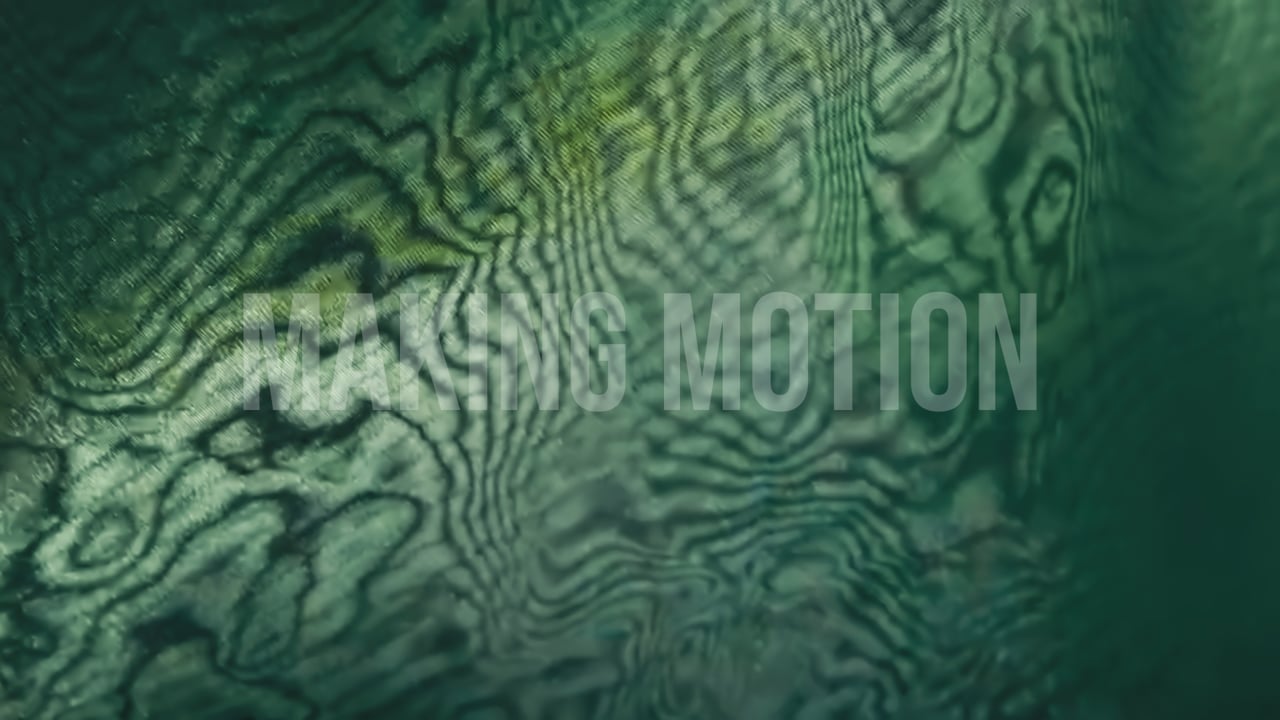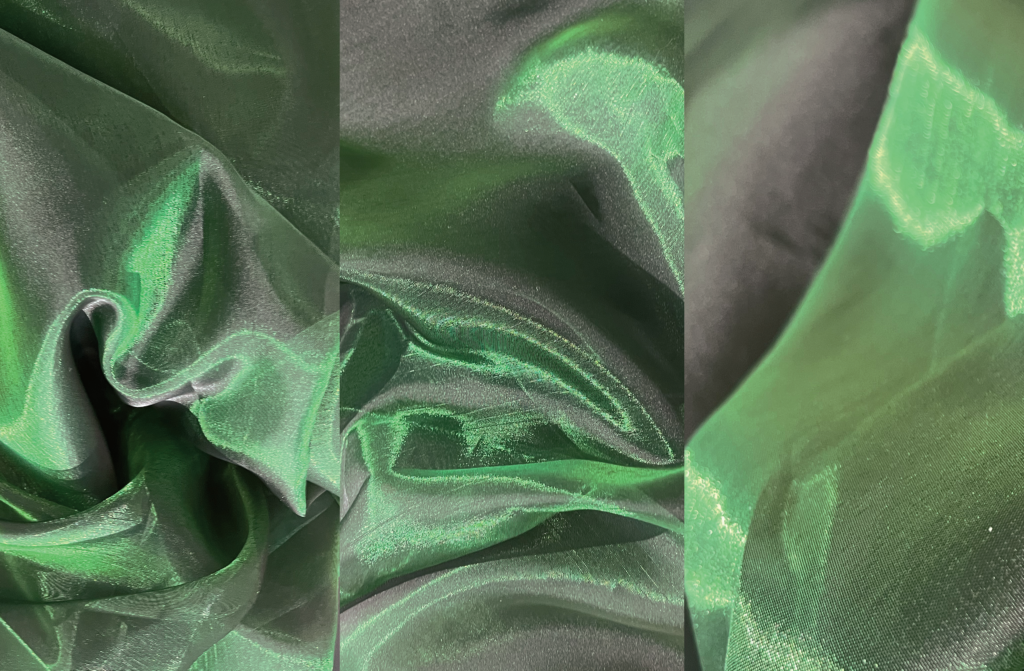Making Motion

Direction & Editing : Marica De Michele
Director of Photography : Jurica Marković
Music : Ivna Jurković
Production Assistant : Clara Gustafsson
Today, kinetic (physically moving) design is more prominent than ever, appearing in art, stage design, and interactive installations. These works often rely on complex technical systems, where aesthetics and motion are programmed in advance and presented as polished performances for audiences to watch. While this approach produces striking results, it can also limit opportunities for improvisation, co-creation, and embodied engagement with materials. The challenge, then, is how to open up kinetic expression beyond technical specialists—exploring ways for motion to be shaped directly through human presence, gesture, and interaction.


The project follows a practice-based research approach, combining iterative making, co-creation workshops, and expert interviews. Embodied gestures and textile interactions drive the process, revealing emergent possibilities for kinetic design. Making Motion explores how large, flowing textiles can be shaped through movement rather than pre-coded sequences. Visitors lift their hands and bodies to animate suspended fabrics, shifting from spectators into active designers. Each gesture produces unique motion, shaped by gravity, material dynamics, and rhythm. The installation encourages experimentation with speed and direction, creating a performative dialogue between body and textile. Every interaction is recorded as a Kinetic Capture: golden point clouds encoding the tracking data behind the motion. Inspired by light painting, these traces condense gestures into tangible forms that preserve nuance and timing. Visitors may take them as keepsakes, extending the experience beyond the moment and linking present gestures with their past echoes.
Making Motion emphasizes hands-on exploration over abstract planning. By inviting audiences to animate textiles through their bodies, the work reclaims motion as participatory and relational, not reserved for technical specialists. Its impact lies in fostering kinaesthetic awareness and showing new approaches for designers to prototype motion experientially, by introducing technology early in explorative making processes. However, the approach also has limitations: embodied experimentation is less predictable and harder to control than pre-programmed systems, and requires more time, sensitivity, and openness from participants. Despite this, the project shows how responsive textiles can enrich environments by enabling collective creativity, highlighting the potential of “doing” as a way of knowing and designing.

Share
Contacts
- -
